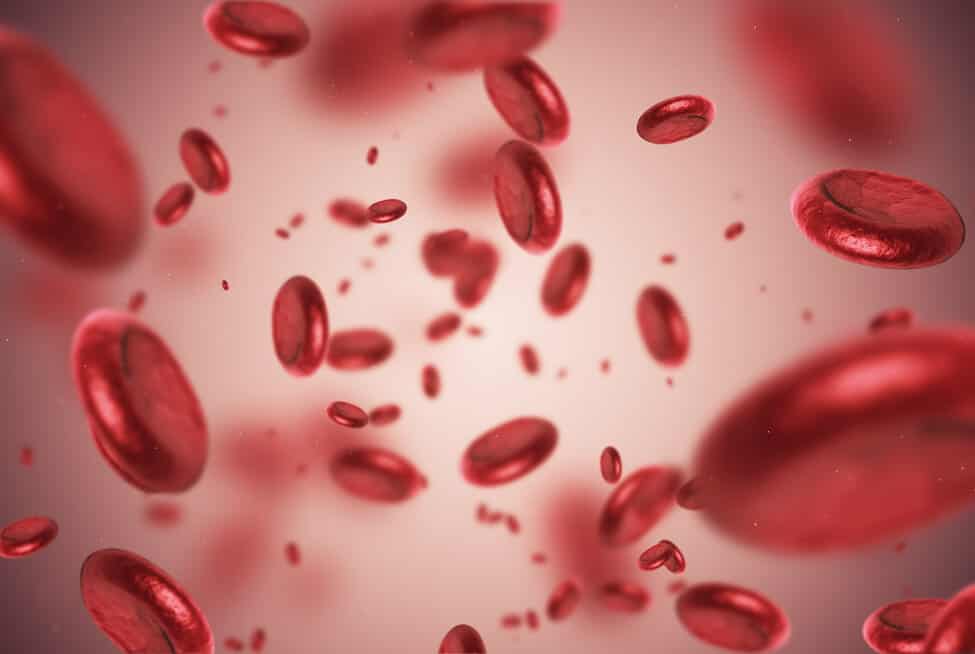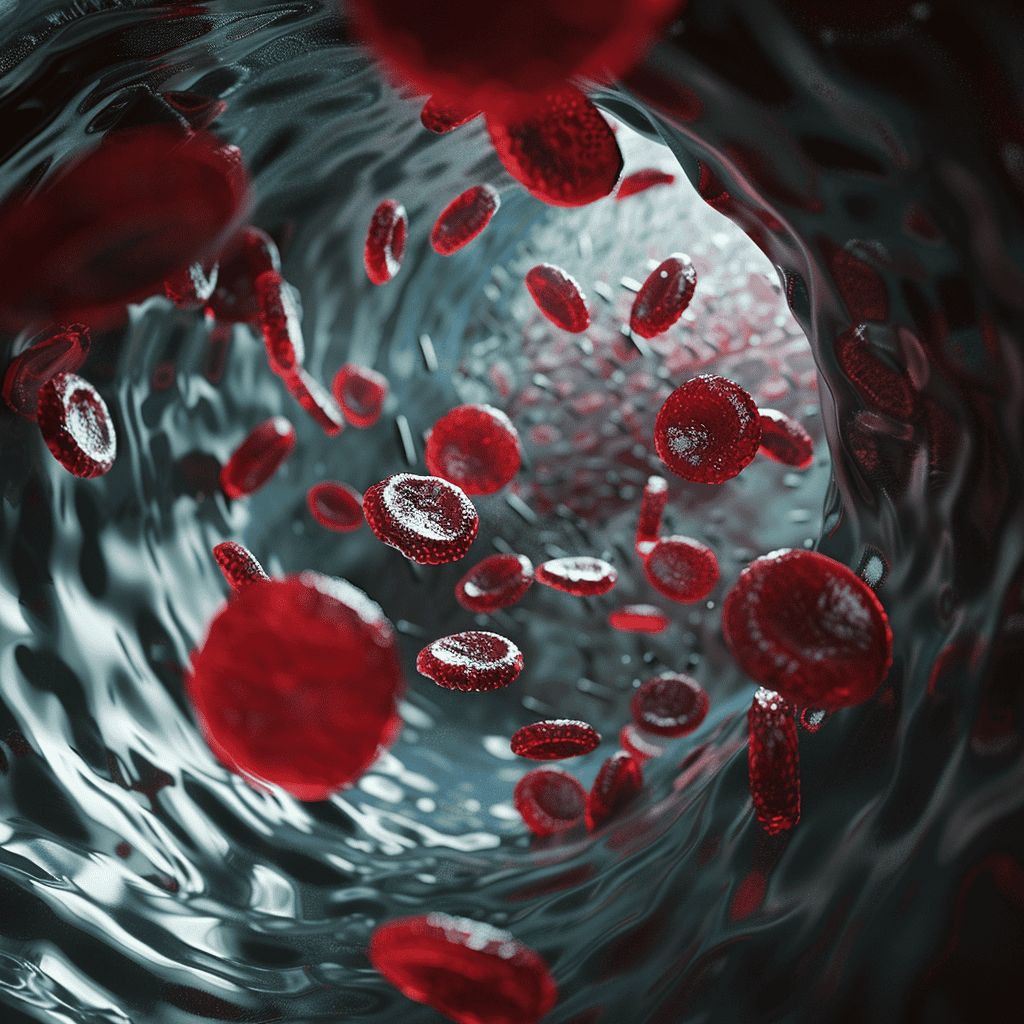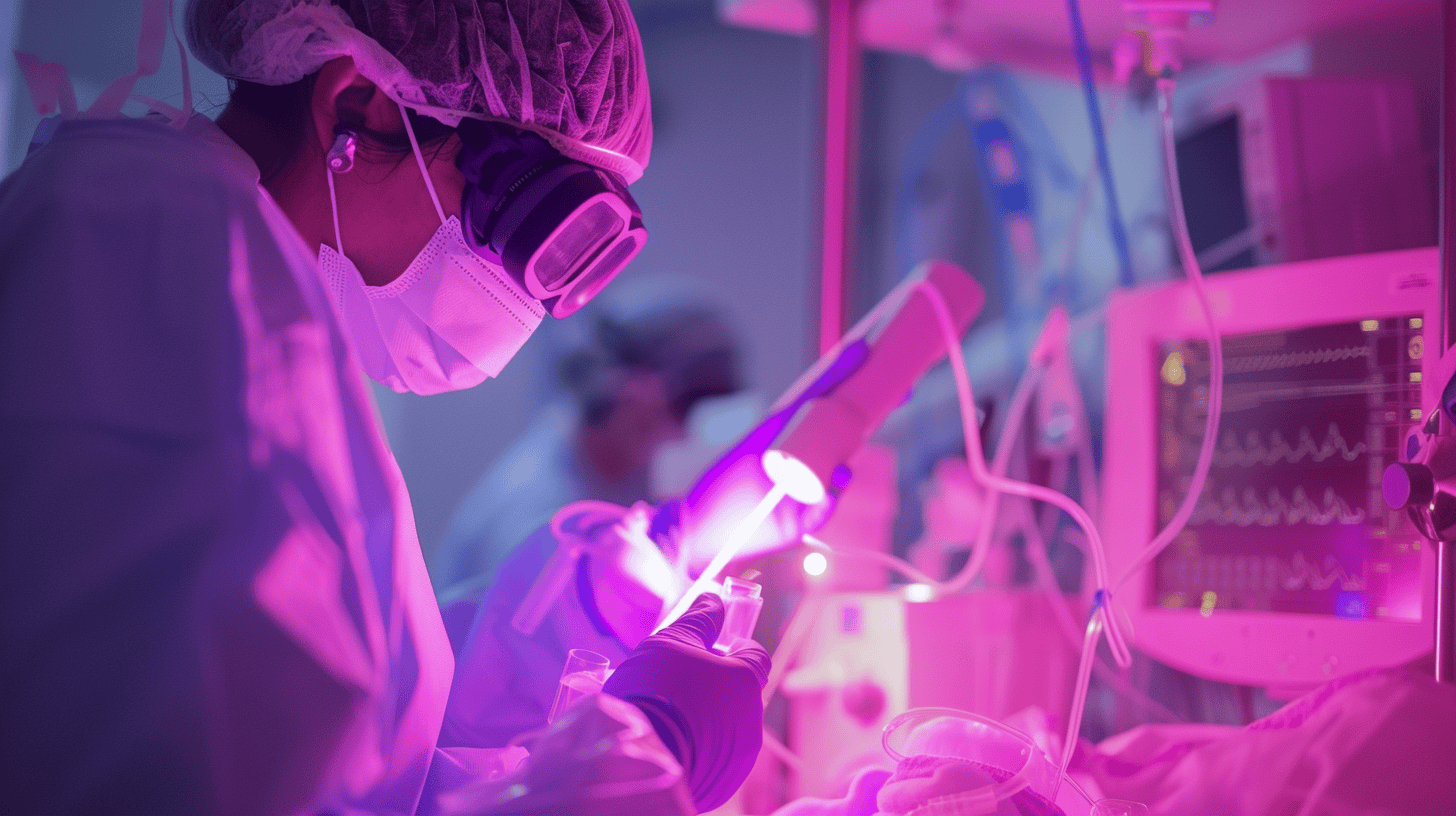
With a blood analysis, doctors can determine more quickly whether a patient with complaints consistent with lung cancer has the disease and whether it is possible to treat it with targeted therapy. The Catharina Hospital introduced this blood test into clinical practice two years ago. “It has become routine for us,” says Volkher Scharnhorst, head of the General Clinical Laboratory at the Catharina Hospital and professor at TU/e in a press release. “This is how we make an impact, and that sets us apart from the rest of the Netherlands.”
Why this is important:
At Catharina Hospital, an innovative blood analysis makes it possible to diagnose lung cancer faster and begin treatment earlier.
Eight years ago, Scharnhorst started research into detecting lung cancer in blood. At that time, an examination for cancer always took place by a pathologist who examined a piece of tissue. “During a biopsy, the pulmonologist removes some tissue through the trachea,” Scharnhorst explains. “This is a fairly stressful and unpleasant procedure and not always successful. Sometimes, the patient has to come back. Our question was whether making a reliable diagnosis based on blood analyses is also possible.”
Diagnosis and treatment plan for lung cancer
A patient who a doctor suspects has lung cancer will have imaging tests and then a biopsy to identify the tumor cells and obtain DNA analysis. Dutch hospitals determine a treatment plan based on all this information. Three treatments are possible: the patient receives chemotherapy, immunotherapy, or targeted therapy through tablets.
Before a doctor can treat, he must know which treatment is best. To determine via biopsy whether there is a mutation that can be treated with targeted therapy, he must wait an average of two weeks for the results of the DNA analysis on the tumor. “Valuable time,” says Scharnhorst. “Patients are often very ill; the sooner you can start treatment, the better.”
Completed within three days
Thanks to the new blood analysis, this can be done much earlier in many cases. All necessary examinations are completed within three days, and a treatment plan can be drawn up.
Scharnhorst’s research showed that in fifty percent of the cases in which a mutation was found in the tumor’s biopsy, it was also present in the blood. In addition, the team of researchers signaled additional mutations by introducing the new blood test.
“Sometimes the amount of DNA from the tumor cells is extremely diluted in the blood. If no mutation is found in our test, this does not mean that no mutations are present in the tumor. The pathologist can then still conduct DNA testing on the biopsy. When we find a mutation in the blood, we can start the most appropriate treatment more quickly.”

Positive effect on treatment methods
The Sint Jans Gasthuis in Weert, the Anna Hospital in Geldrop, and the Máxima Medical Center also use the laboratory of the Catharina Hospital for the new blood test. Other Dutch hospitals only work with research on biopsies. “Several hospitals are now setting it up as routine care, just like us. It requires some workforce, knowledge, and equipment, but you can treat patients better and find more mutations.”
The blood test is now done with PCR tests. With an NGS test (Next Generation Sequencing), you can analyze larger and longer pieces of DNA and find even more mutations in the blood. Scharnhorst sees a significant role for these tests in the future.
“If you can find even more mutations, this could also positively affect treatment methods.” Scharnhorst is still looking for funding for research into this. “With the ultimate goal that this annoying biopsy is no longer necessary for patients.” Future research will be conducted within the Expertise Center for Clinical Chemistry Eindhoven, a collaboration between TU/e, the Máxima Medical Center, and Catharina Hospital.








